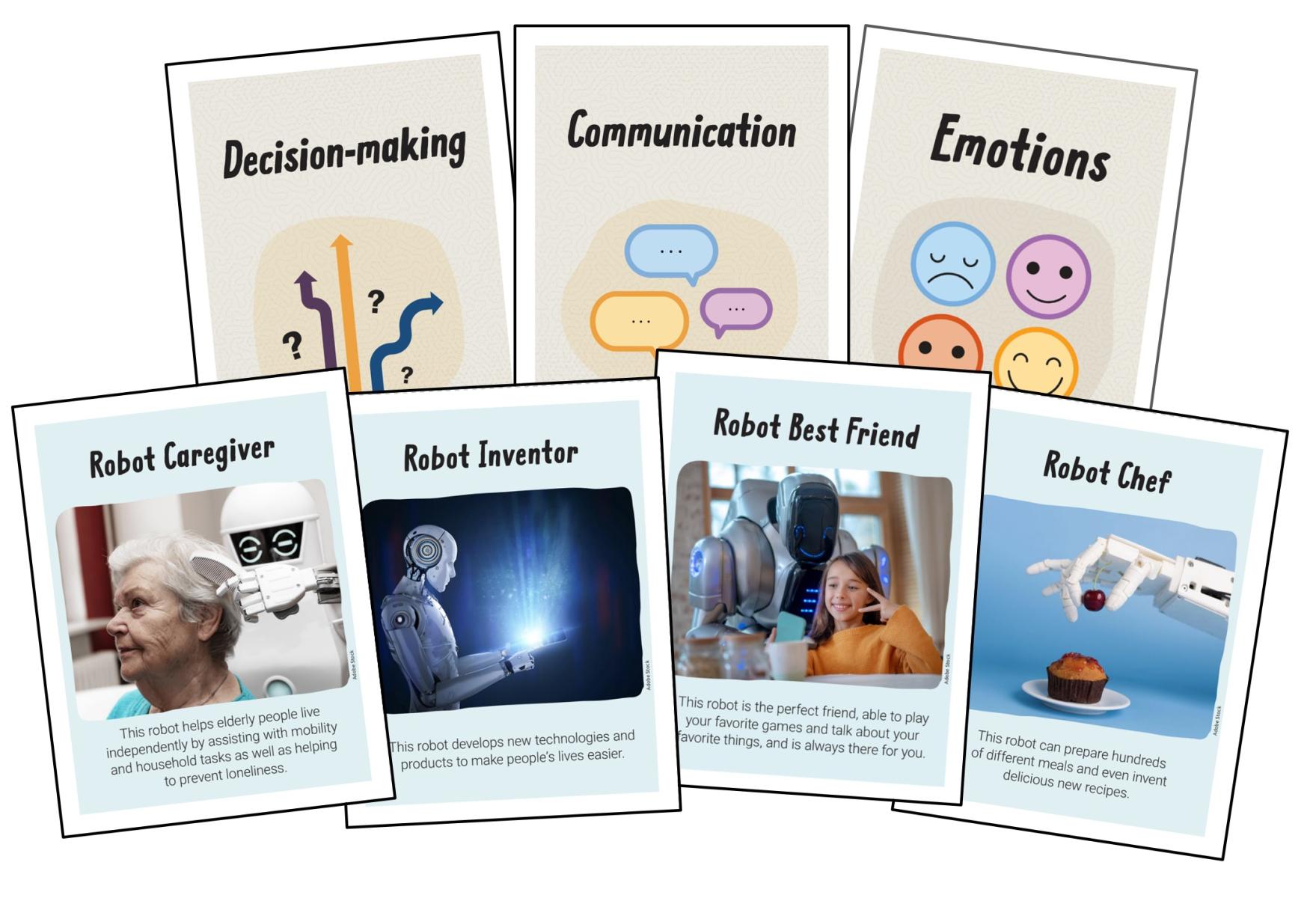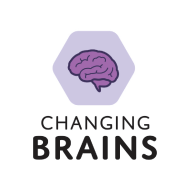DESCRIPTION
In this activity, participants will play a game to sort abilities from most to least uniquely human, before assigning them to robots responsible for specific jobs. They will then decide how their newly designed robot reacts to a novel situation and discuss the consequences. There are no right or wrong answers in the game—instead participants are encouraged to reflect and share their own values on what makes us human and the future of AI, robots, and related technologies.
DESCRIPTION
In this activity, participants will play a game to sort abilities from most to least uniquely human, before assigning them to robots responsible for specific jobs. They will then decide how their newly designed robot reacts to a novel situation and discuss the consequences. There are no right or wrong answers in the game—instead participants are encouraged to reflect and share their own values on what makes us human and the future of AI, robots, and related technologies.
TRAINING VIDEOS
OBJECTIVES
BIG IDEA
What does it mean to be human? What is unique about the human brain?
LEARNING GOALS
People’s values determine which technologies are developed and used.
New technologies change society, sometimes in unexpected ways.
Scientists, engineers, and designers use their creativity to invent things and imagine the future, just like you do.
Brain research benefits from many perspectives, including yours.
Credits
Developed for the NISE Network with funding from the Dana Foundation.
Creative Commons Attribution Non-Commercial Share Alike 3.0 United States (CC BY-NC-SA 3.0 US).
View more details

NISE Network products are developed through an iterative collaborative process that includes scientific review, peer review, and visitor evaluation in accordance with an inclusive audiences approach. Products are designed to be easily edited and adapted for different audiences under a Creative Commons Attribution Non-Commercial Share Alike license. To learn more, visit our Development Process page.



